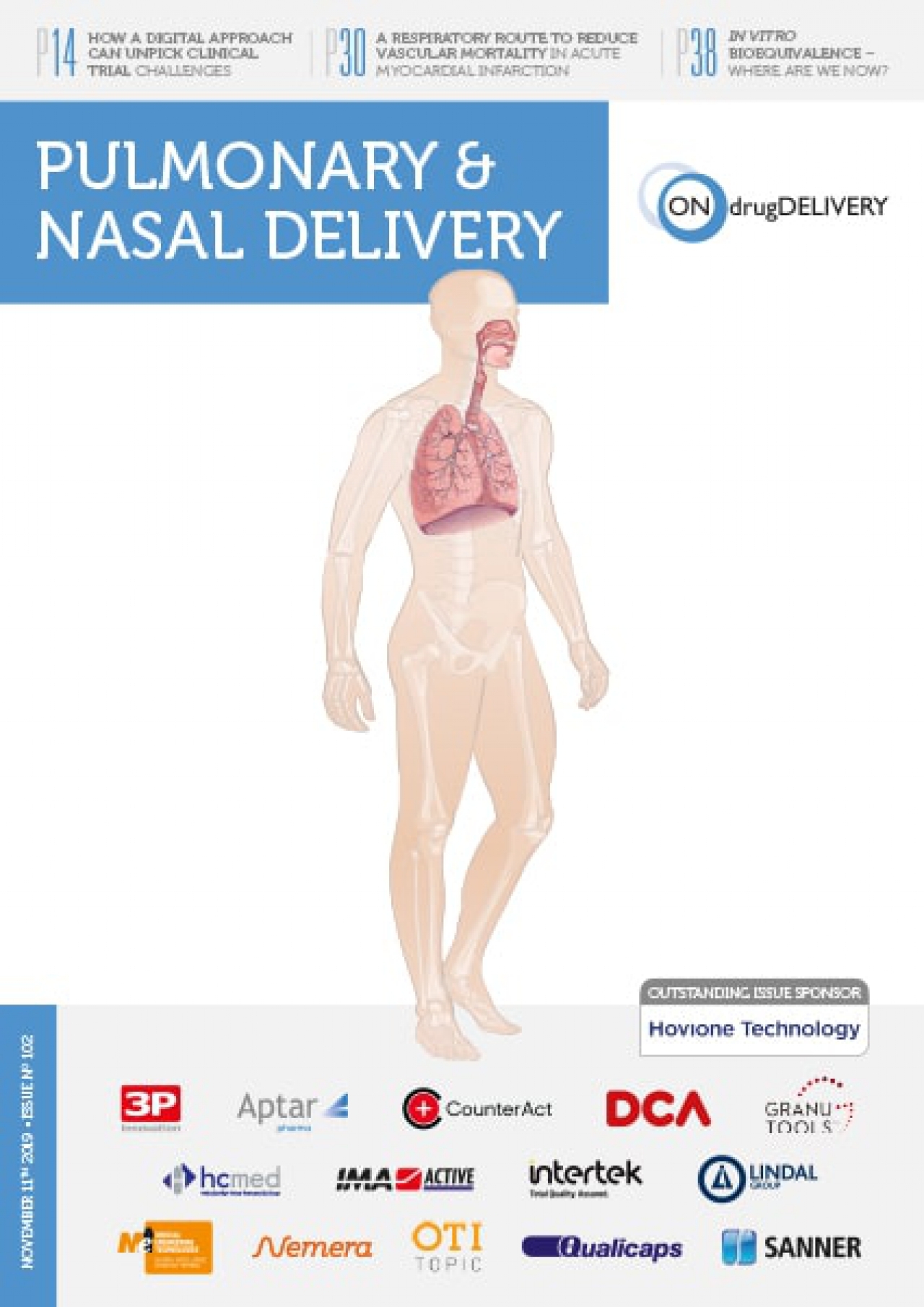Why you shouldn’t neglect the importance of blending people, culture, and strategy to foster success in a business.
People, customer centricity, and a clear strategy bring strong values to the forefront of every business. Fostering a workplace that inspires motivation and enhances employee satisfaction enables team members to bring their best selves to work each day, driving innovation and excellence.
Earlier this year, CDMO Hovione demonstrated success by being certified as a Top Employer by the Top Employers Institute (TEI) across all four of its global manufacturing sites in Portugal, Ireland, the US, and Macau, for the third consecutive year. We spoke to board member and Senior Vice-President of Human Resources at Hovione Ilda Ventura to find out how.
What specific strategies and initiatives have you implemented to maintain the company’s Top Employer status?
We started the latest TEI Certification in 2023. Since then, we have been focusing on areas that can differentiate us as employers. In the US, for example, we have invested in bringing more proximity to the HR team, improving our listening strategy and the employee experience. The initiatives span from establishing better alignment between the business strategy and the people strategy, living our values and celebrating our successes. We are accelerating our global growth while strengthening our operations worldwide. It is essential for us to ensure that all our employees, regardless of their location, enjoy a consistent and unified work experience. Having all four of our sites recognized by TEI confirms that we are on the right path.
What changes have been made to Hovione's recognition and rewards programs to motivate employees?
By implementing a global job architecture with clear career roadmaps supported by a performance and compensation annual cycle. Everyone is eligible to merit remuneration increases and bonuses, and the corporate results are shared with everyone in a transparent way. This allows us to create a culture of recognition, where individual contributions are valued and aligned with the company's overall success. It fosters motivation and engagement, ensuring employees feel appreciated for their efforts and understand how their work directly aligns with our purpose. This culture not only enhances employee satisfaction, but strengthens our ability to attract and retain top talent.
How important is it to monitor consistent employee engagement and satisfaction across global locations?
Our employee engagement survey results are carefully reviewed and discussed both locally and globally, ensuring we address the unique needs of each region while driving company-wide progress. We prioritize actionable improvements that resonate with our teams, engaging cross-functional and geographically diverse groups to implement meaningful change.
Across our sites, we’ve made significant investments tailored to each region while maintaining a unified approach to employee satisfaction. In the US, where employees value transparency, recognition, and growth opportunities, we’ve enhanced communication, feedback channels, and career development pathways. Similarly, in Portugal, Ireland, and Macau, we’ve introduced initiatives to promote collaboration, recognition, and personal growth, ensuring all employees experience a sense of belonging and purpose.
The actions we take are closely monitored, and every improvement is shared openly across all locations, fostering a culture of trust, transparency, and celebration that connects and empowers our workforce.
How are you working to attract and retain top talent in the competitive pharma industry?
We continuously strive to strengthen our reputation as an employer of choice. Participating in TEI allows us to have an independent assessment of our HR efforts and initiatives, ensuring that we are continuously improving and aligning with best practices. In addition, we have robust referral programs in place, supported by the fact that over 70 percent of our employees are strong promoters of the company. This is a testament to the positive culture we’ve built, and we are focused on leveraging this strength to attract and retain top talent.
In what ways does the company communicate and reinforce its core purpose and values among employees?
Our motto is “In it for life” – so, for example, every year we celebrate in each site our “Victory Over Diseases” by communicating the new products that we are manufacturing, as well as the new patents and innovative ideas that contribute to fighting diseases and improving global health. Contributing to saving the lives of billions of people worldwide is a way to motivate our people to challenge themselves and push the limits of innovation. By celebrating our achievements and their impact, we inspire our teams to think creatively, embrace new challenges, and contribute to solutions that make a real difference in the world. It´s an invitation to live our purpose.
Macau was the first site in the region to earn Top Employer certification last year and has renewed it this year. What unique challenges and successes have been experienced in achieving and maintaining this status in Macau?
Macau is unique. It’s the only site in this industry in the territory, so we have taken advantage of that to differentiate ourselves as an employer by collaborating with universities and local authorities to offer career opportunities and benefits that are a reference in the region.
What areas have you identified for continuous improvement in workplace practices and employee satisfaction in the future?
We will continue to strengthen our employee value proposition by mapping the employee journey and addressing every touchpoint to enhance the overall experience. Both people and business needs are constantly changing. It requires continuous adaptation of processes to meet evolving expectations. If I had to highlight one key focus, it would be alumni engagement. The Hovione community is extensive and goes beyond our current team members. We see a clear opportunity to create an alumni program to stay connected with those who have been part of our journey.
Read the full article on themedicinemaker.com
Press Clipping
The Medicine Maker, 13 February 2026
The Secret to Being a Good Employer


